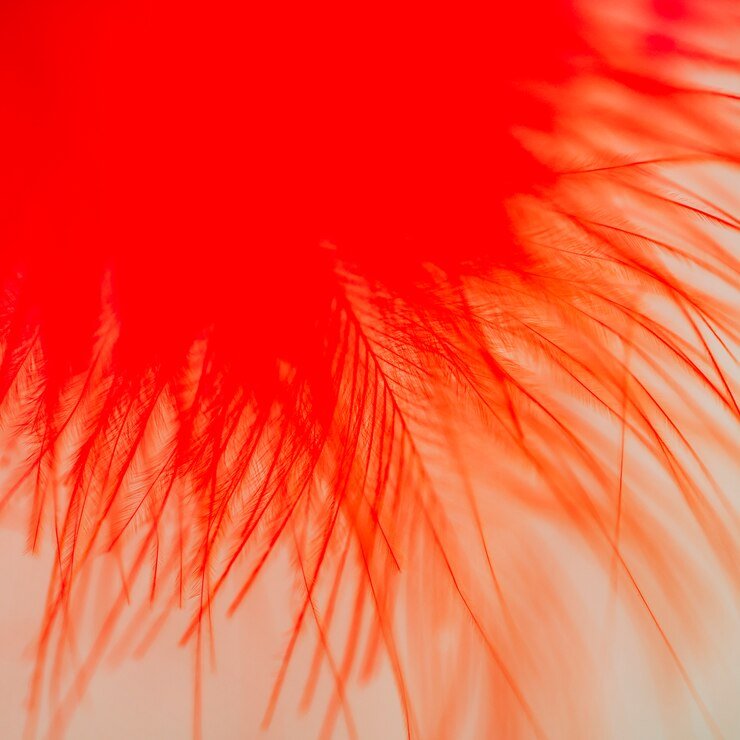d300 Hex Code: Hex Color, and Palette

d300 Hex Code
The d300 hex code represents a bold and eye-catching shade of red. Widely used in graphic design, web development, and digital branding, this hex code opens doors to countless creative possibilities. With its dynamic tone and striking intensity, the d300 hex plays a pivotal role in creating engaging visuals that demand attention.
What Is the d300 Hex Code?
The d300 hex code is a hexadecimal representation of a specific shade of red. In the RGB (Red, Green, Blue) color model, it is defined as follows:
- Red: 211
- Green: 0
- Blue: 0
When converted to CMYK (Cyan, Magenta, Yellow, Black), this color contains:
- Cyan: 0%
- Magenta: 100%
- Yellow: 100%
- Black: 17%
Its vibrancy stems from the complete absence of green and blue values, creating a pure, bright red with a hint of depth.
Why Use the d300 Hex Code in Design?
Designers rely on the d300 hex code to evoke passion, energy, and excitement. This vibrant hue captures attention, making it ideal for calls to action, banners, or product highlights. It’s frequently seen in logos, especially those emphasizing strength and confidence. Moreover, its universal appeal ensures compatibility with various color palettes.
How Does the d300 Hex Appear Across Devices?
Colors may vary depending on the screen or lighting conditions, but the d300 code maintains its intensity across most modern devices. Calibrated monitors will present the most accurate representation, allowing designers to visualize it as intended. Its boldness ensures that it remains distinguishable, even on lower-quality screens.
Exploring the d300 Code in Web Design
The d300 hex code is essential for creating a professional and polished website. It is supported by all major browsers and programming platforms, making implementation seamless. The following CSS snippet demonstrates its usage:
This approach ensures visual impact while maintaining legibility.
How to Pair the d300 Hex Code with Other Colors?
Combining the d300 hex code with complementary or analogous colors enhances its visual appeal. Here are some suggestions:
| Palette | Colors | Hex Codes |
|---|---|---|
| Complementary | Greenish shades | #00d362, #0d8548 |
| Monochromatic | Deeper or lighter reds | #a30000, #ff3d3d |
| Analogous | Oranges and pinks | #d36b00, #d30062 |
| Triadic | Bright blue and lime green | #003dd3, #62d300 |
This flexibility allows the d300 code to be adapted for various themes, ensuring consistency and harmony.
The Emotional Impact of the d300 Hex Code
Red is associated with powerful emotions, and the d300 hex code is no exception. It conveys urgency, passion, and energy. For this reason, it’s frequently seen in:
- Emergency notifications
- Sales banners
- Social media icons
Careful use ensures these intense feelings are channeled positively, avoiding overstimulation.
Tools for Visualizing the d300 Code
Several tools make working with the d300 hex effortless:
- Adobe Color: Perfect for building palettes.
- Canva: Helps visualize the code in graphic designs.
- Coolors: Generates palettes based on the d300 hex code.
- CodePen: Tests live web applications with the hex color.
These tools streamline experimentation, ensuring optimal results in any project.
Using the d300 Hex Code in Digital Marketing
Bold colors like the d300 hex are highly effective in digital marketing. They stand out in crowded feeds, ensuring messages grab attention. Buttons and banners in this shade are more likely to encourage clicks due to their striking appearance.
The Role of d300 Code in Branding
Brand identity often relies on distinctive colors, and the d300 code fulfills this role beautifully. Its energy symbolizes action, passion, and ambition—qualities that resonate with consumers. Brands such as Coca-Cola and Netflix have leveraged similar shades to achieve global recognition.
Applications in Print Design
The d300 hex code translates well into print mediums when converted to CMYK values. Flyers, posters, and brochures gain a polished look when this color is used strategically. Its brightness ensures text and imagery are easily noticeable, enhancing the overall impact.
Challenges of Using the d300 Code
While vibrant, the d300 hex code requires balance to prevent visual overwhelm. Too much red can strain the eyes, so it’s best paired with neutral tones or used sparingly in designs.
d300 Hex Code in UI/UX Design
User interfaces benefit greatly from the d300 hex. It can highlight:
- Buttons
- Alerts
- Menus
For user experience, this shade draws attention to crucial actions or information without distracting from the overall design flow.
Scientific Perspective on the d300 Hex Code
The perception of red, including the d300 hex, is linked to longer wavelengths on the visible spectrum. These wavelengths stimulate strong psychological responses, explaining why this shade is so captivating.
Hex Code vs. RGB: What’s the Difference?
Hex codes like d300 represent colors in six-character codes for web use, whereas RGB splits the color into three numerical values. While hex codes are concise, RGB values allow for more granular adjustments.
Accessibility Considerations for the d300 Hex
Ensuring the d300 hex is accessible involves creating contrast. White or light text over this shade improves legibility, catering to users with visual impairments.
Cultural Interpretations of the d300 Code
Red hues, including the d300 hex code, carry diverse cultural meanings:
- China: Luck and prosperity.
- Western cultures: Passion and danger.
- India: Purity and celebration.
Understanding these interpretations ensures designs resonate with global audiences.
Inspiration for Palettes Featuring the d300 Hex
Designers can draw inspiration from nature, art, or fashion for palettes. For instance:
- Sunset themes: Pair with oranges and purples.
- Autumn vibes: Combine with browns and yellows.
- Futuristic tones: Mix with grays and silvers.
These ideas show the versatility of the d300 hex.
Common Mistakes When Using the d300 Hex
- Overuse: Creates visual fatigue.
- Lack of contrast: Reduces readability.
- Ignoring brand identity: Leads to inconsistency.
Avoiding these pitfalls ensures effective application.
How to Incorporate the d300 Hex into Personal Projects
For DIY enthusiasts, the d300 hex can:
- Brighten up personal blogs.
- Enhance homemade greeting cards.
- Elevate social media visuals.
Experimentation often leads to unexpected yet delightful results.
FAQs
What industries frequently use the d300 hex?
It is popular in advertising, web design, and retail for its attention-grabbing qualities.
Can the d300 hex be adjusted?
Yes, slight modifications to the RGB values can create variations while retaining the essence of the shade.
What is the closest Pantone match to the d300 hex?
Pantone’s Bright Red may closely resemble the d300 hex, but exact matches depend on the medium.
How does the d300 hex compare to other reds?
The d300 hex code offers a unique balance of brightness and depth, standing out among other shades of red.







